In today’s digital age, data privacy has become a major concern for both consumers and businesses. With the implementation of the General Data Protection Regulation (GDPR) in 2018, companies are required to obtain explicit consent from users before collecting their personal data. One common way to do this is through the use of cookie banners on websites.
A cookie banner is a notification that appears on a website informing users that the site uses cookies to track their browsing behavior. Cookies are small files that are stored on a user’s device and are used to collect information such as IP address, browsing history, and preferences. Under the GDPR, websites must obtain consent from users before setting cookies, and this consent must be freely given, specific, informed, and unambiguous.
Setting up a cookie banner with GDPR compliance may seem like a daunting task, but with the right tools and knowledge, it can be easily achieved. Here are some steps to help you set up a cookie banner that complies with the GDPR:
1. Determine the types of cookies you use: Before setting up a cookie banner, you need to identify the different types of cookies that your website uses. This includes essential cookies, which are necessary for the website to function properly, and non-essential cookies, which are used for tracking and analytics purposes.
2. Obtain user consent: When a user visits your website for the first time, you must obtain their consent before setting any non-essential cookies. This can be done through a cookie banner that appears at the bottom or top of the webpage. The banner should include a brief explanation of why cookies are being used and provide users with the option to accept or reject them.
3. Provide users with the option to manage their cookie preferences: In addition to obtaining consent, you should also provide users with the option to manage their cookie preferences. This can be done through a cookie settings page where users can choose which types of cookies they want to allow or block.
4. Keep a record of user consent: Under the GDPR, businesses are required to keep a record of user consent for audit purposes. This includes recording when consent was obtained, what information was provided to the user, and how they gave their consent.
5. Regularly review and update your cookie banner: As technology and regulations evolve, it’s important to regularly review and update your cookie banner to ensure compliance with the latest data privacy laws. This includes updating your cookie policy, informing users of any changes, and obtaining their consent again if necessary.
By following these steps, you can set up a cookie banner that complies with the GDPR and helps protect user privacy. Remember, transparency and user consent are key when it comes to data privacy, so make sure to communicate clearly with your users and give them control over their cookie preferences.






